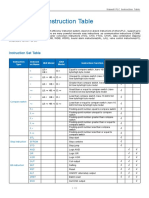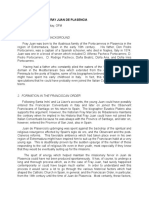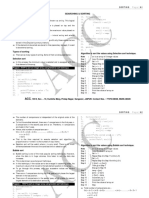0% found this document useful (0 votes)
102 views37 pagesLink List Data Structure
A linked list is a data structure made up of nodes that contain data and a pointer to the next node. There are three types: singly linked lists where nodes point to the next node only, doubly linked lists where nodes point to both the next and previous nodes, and circular linked lists where the last node points to the first node. Linked lists allow dynamic sizes and efficient insertion/deletion by changing the pointers between nodes. Common operations on linked lists include insertion, deletion, searching, and displaying the list.
Uploaded by
Diya EmanCopyright
© © All Rights Reserved
We take content rights seriously. If you suspect this is your content, claim it here.
Available Formats
Download as DOCX, PDF, TXT or read online on Scribd
0% found this document useful (0 votes)
102 views37 pagesLink List Data Structure
A linked list is a data structure made up of nodes that contain data and a pointer to the next node. There are three types: singly linked lists where nodes point to the next node only, doubly linked lists where nodes point to both the next and previous nodes, and circular linked lists where the last node points to the first node. Linked lists allow dynamic sizes and efficient insertion/deletion by changing the pointers between nodes. Common operations on linked lists include insertion, deletion, searching, and displaying the list.
Uploaded by
Diya EmanCopyright
© © All Rights Reserved
We take content rights seriously. If you suspect this is your content, claim it here.
Available Formats
Download as DOCX, PDF, TXT or read online on Scribd
/ 37






















































































